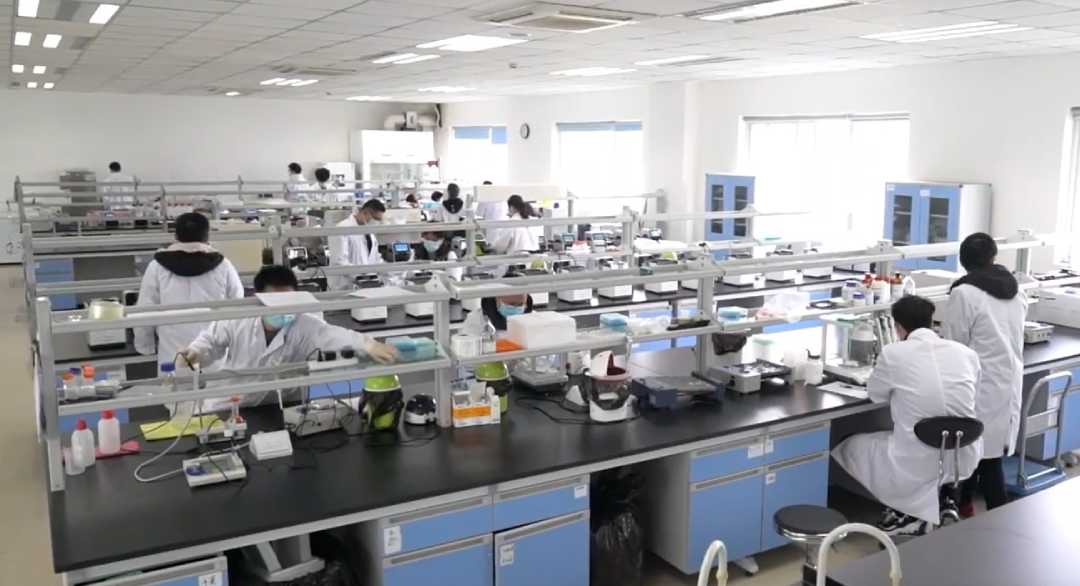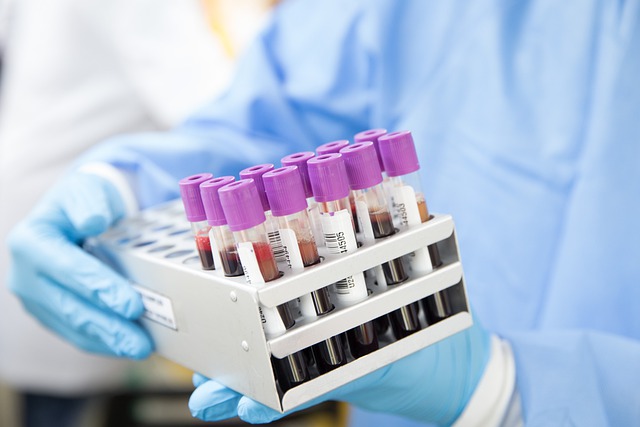CE certification is a very necessary certification in the EU market. Only through the CE certification, manufacturers can sell their products in the EU. So whether it is the products produced by enterprises within the EU, or products produced in other countries. In order to circulate freely in the EU market, it is necessary to affix the "CE" mark to show that the product meets the basic requirements of the EU "New Approach to Technical Harmonization and Standardization" directive. This is a mandatory requirement for products under EU law.
The following is an introduction to the process of CE certification for medical devices.
CE certification for medical devices
Step 1: Determine and analyze the exported device.
Determine whether your medical device is within the scope of the 3 medical device directives of the EU.
Step 2. Confirm the applicable basic requirements
The directive stipulates that any medical device must meet the intended use as specified in the relevant directive. So for medical device manufacturers. The first thing they have to do is to confirm all the basic conditions that apply to their products.
Step 3: Confirm the relevant European harmonized standards
Harmonized standards are standards developed by the European Committee for Standards and Evaluation (CEN) and the European Electrotechnical Commission (CENELEC) and published in the official journal of the European Union. For a particular medical device, there may be multiple harmonized standards applicable to it. Therefore, medical device manufacturers should carefully check which harmonized standards are applicable to their products.
Step 4: Product Classification
According to the classification rules in the appendix of the Directive, medical devices are classified into 4 categories, namely I, IIa, IIb and III. Different types of medical devices have different ways to obtain CE marking. Therefore, it is crucial for medical device manufacturers to accurately determine the type of their products.
Step 5: Determine the corresponding conformity evaluation procedure
For manufacturers of Class IIa, IIb and III medical devices, there is the question of how to choose the route of conformity assessment procedures. The main difference between them is the choice of type test approach, or the choice of quality system approach. These two pathways have their own characteristics. Manufacturers should choose the appropriate pathway according to their actual situation.
Step 6, to ensure that the product meets the basic requirements or harmonization of the requirements of the standard and to document the evidence
The manufacturer should be able to present sufficient evidence (for example, by the certification body or other testing agencies based on harmonized standards for testing, etc.) to prove that the product meets the basic requirements. The manufacturer should establish a quality system, product testing, preparation of technical documentation, etc.
Step 7, select the certification body audit
For Class IIa, IIb and III medical devices, as well as sterile or Class I medical devices with measurement functions. Manufacturers should choose a certification body and conduct a conformity evaluation process. On the list of certification bodies published in the official journal of the European Union.
It has strict regulations on the scope of medical device certification that each certification body can engage in and the route of conformity evaluation procedures that can be conducted. manufacturers must be very careful when choosing a certification body to avoid unnecessary losses.
Step 8: Draft declaration of conformity and affix the "CE" mark
Each device must include a declaration of conformity as described in the appendix of the Medical Devices Directive.
Seamaty has won the title of National High-tech Enterprise and Gazelle company. We have passed ISO 13485:2016 international quality management system certification and national intellectual property management system certification. Our products have fulfilled medical device registration in China and have obtained medical device CE certificate.



